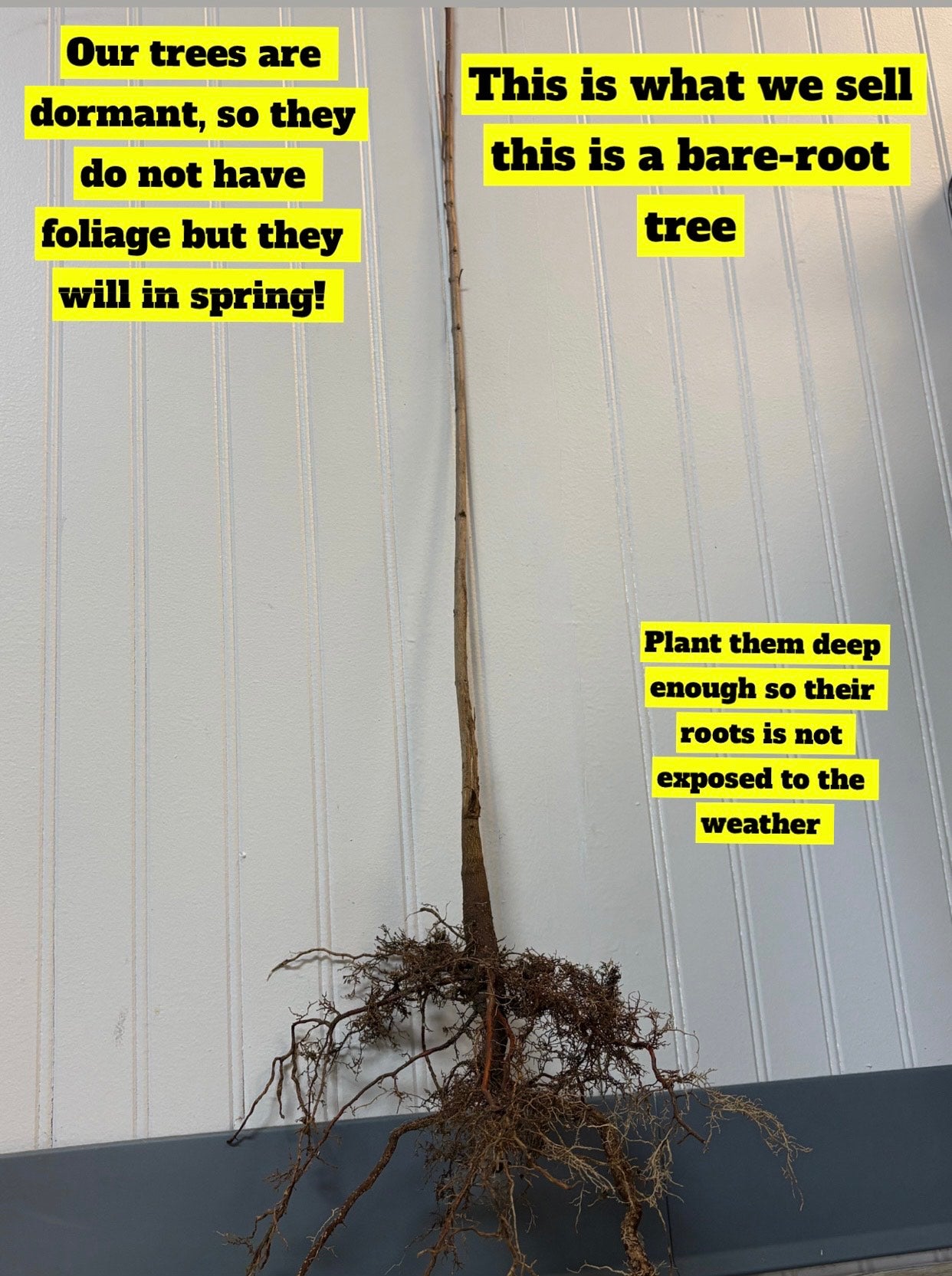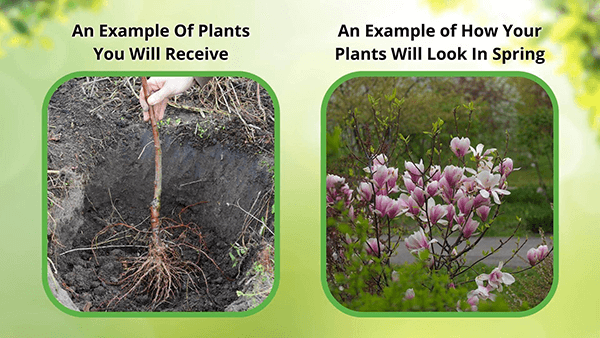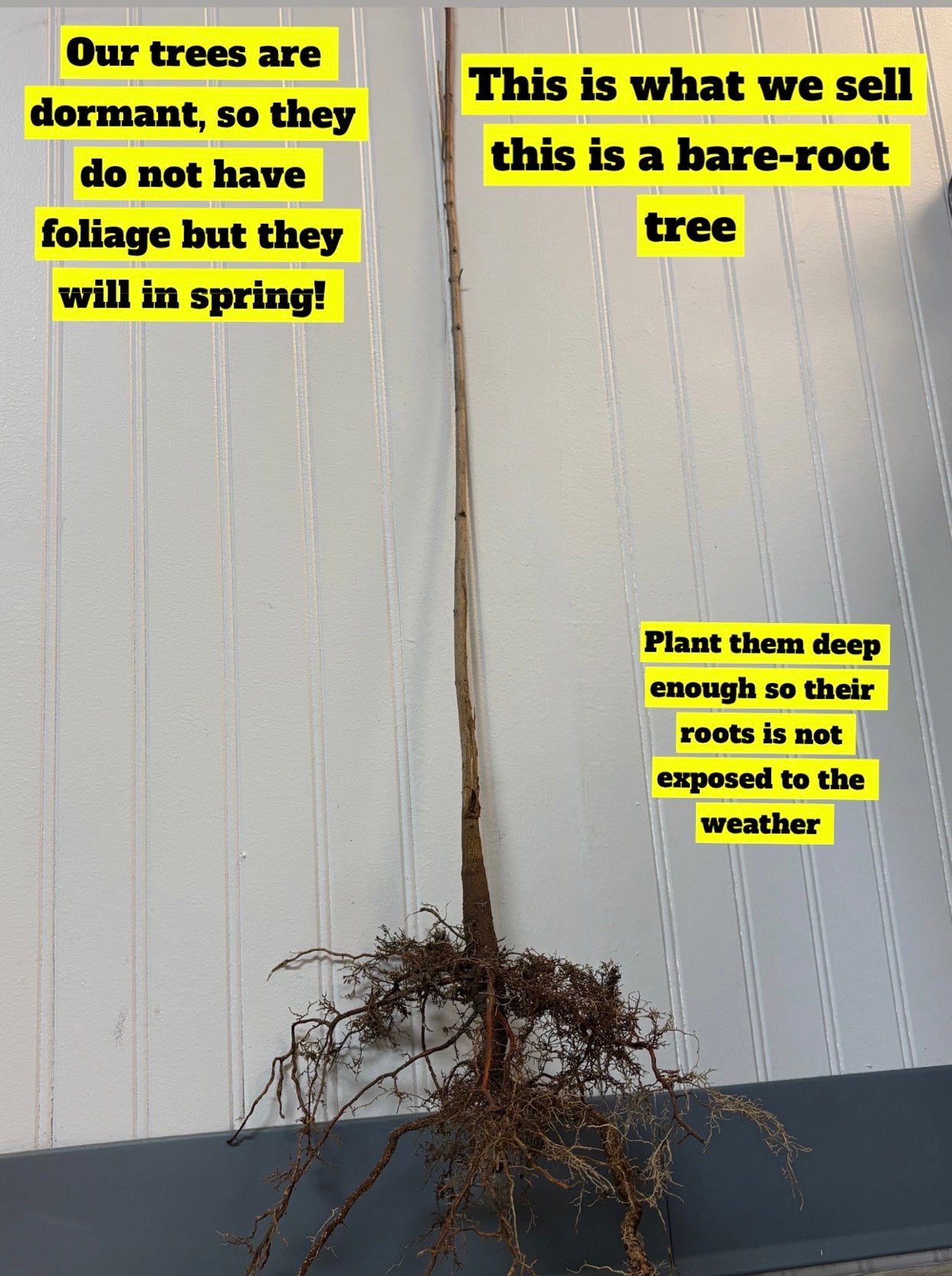



Removes & Absorbs Toxins
Improves Air Quality
Low maintenance & easy to grow
Buy Bald Cypress Trees Online
Taxodium distichum, or the bald cypress tree, is a Native American evergreen species. Before cultivation, it occurred naturally across most temperate U.S.D.A. growing zones.
Bald Cypress Trees Has Rot-Resistant Wood
Early colonials found it in many areas, from the marshlands and swamps of the eastern shore of Maryland to the lower Mississippi River region. They cultivated it because its rot-resistant wood was sturdy enough to build barrels, homes, and railroad ties.
Today, growers across the United States love its adaptability, year-round greenery, easy care, and lovely shape. T.N. Nursery recommends this type for gardeners who need something to plant in constantly wet, poorly draining soil.
This Tree Grows in Marshes
The bald cypress tree loves soil with a heavy moisture content and abundant organic matter. It even thrives in marshes and swamps! When you plant yours, select a full-sun location.
It makes a lovely species to plant in these locations:
- Near a creek or stream.
- On the banks of a pond.
- In a slow-draining spot in the yard.
- As a feature in a water garden.
This Tree Reaches 50-70 Feet Tall
The evergreen tree grows to a mature height between fifty and seventy feet. If in water, the species develops knobby-looking root growths, or knees, that appear just above the water's surface. This species grows to a pyramid or triangle shape with a slightly rounded top. Mature branches have a subtle but attractive drooping form.
The bark presents as a dark reddish-brown with thin, peeling scales. It bears small, feathery-looking, linear leaves almost an inch long. Tiny, pale lavender flowers bloom in the middle of spring; however, they sometimes go unnoticed to the fullness of the evergreen branches.
This Tree Does Great In Wetland Gardens
If you have a slow-draining spot in your yard that stays wet almost always, the Bald Cypress trees could be an ideal solution.
This Is How Your Plants Will Look upon Delivery
Shipping date depends on the date displayed and chosen when you order from the product's page.
We do not offer warranties on products after 5 days past receiving your plants.
Our Blogs
By signing up, you agree with our privacy policy.






